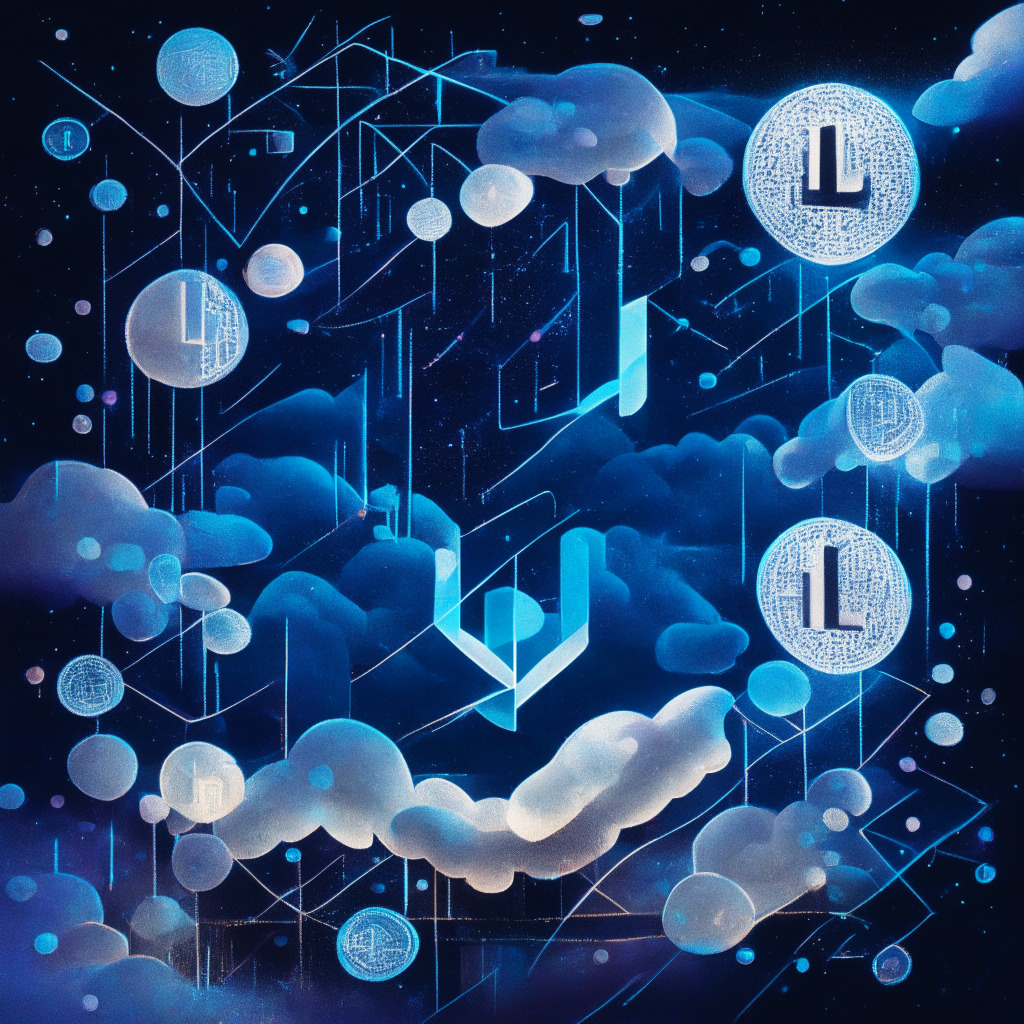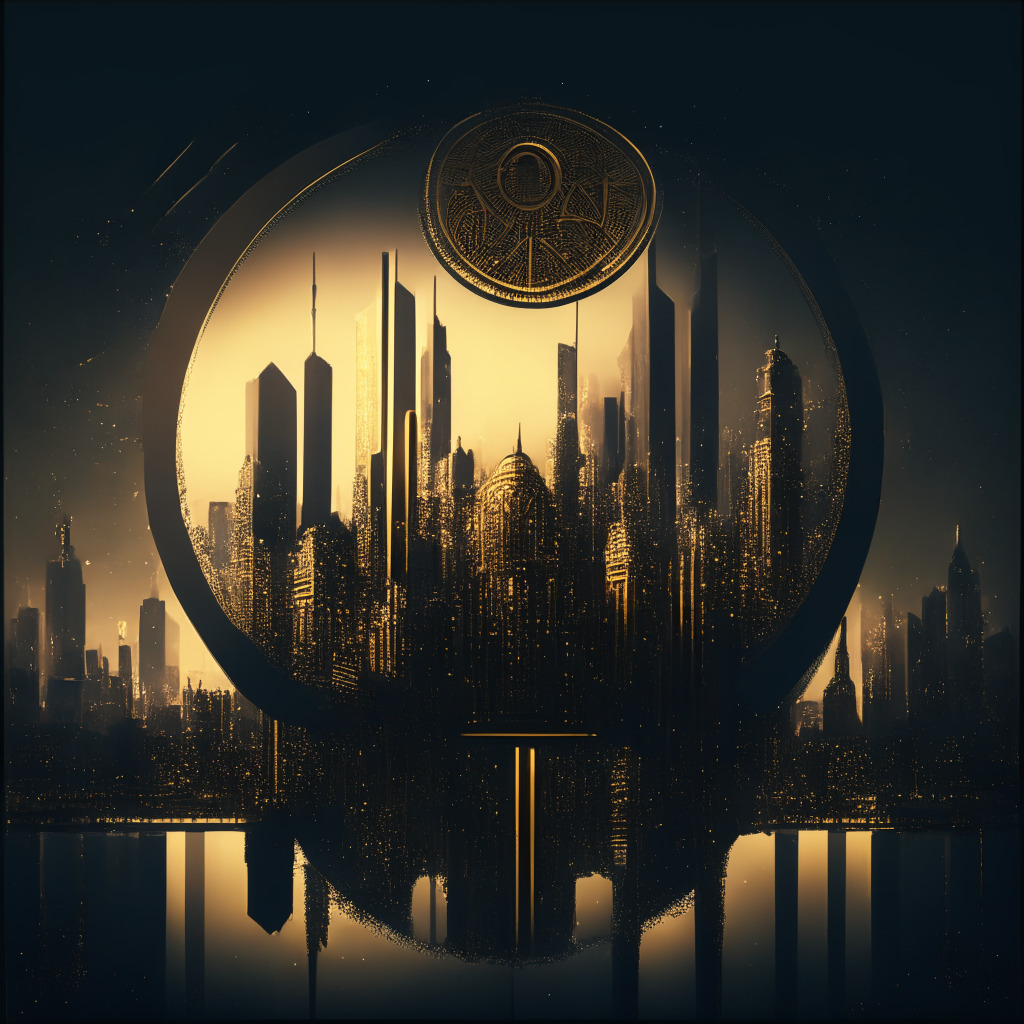Shibarium, the Ethereum L2 blockchain of Shiba Inu, has recently made its debut on the mainnet. This momentous event follows several months of intensive testing which drew the attention of millions of users and led to the creation of 21 million wallets on the L2. This substantial engagement has unquestionably intensified anticipation and intrigue in the community.
Shibarium is primarily built on a new consensus mechanism known as proof-of-participation (PoP). This mechanism relies on the selection of validators in ratio to their quantity of the associated cryptocurrency holdings. Essentially, this structure substitutes the computational cost of proof-of-work arrangements. Moreover, this new L2 blockchain solution promises to establish a seamless interaction with the primary Ethereum layer-1 blockchain, providing a scalable and economical transaction platform.
The Shiba Inu (SHIB) cryptocurrency has understandably experienced some fluctuation in its fortunes since it rose to prominence during the 2020-2021 bull market. For a brief period, it even surpassed the original meme cryptocurrency, Dogecoin. Nevertheless, a subsequent bear market saw it lose over 80% of its valuation. However, the resilient Shiba Inu community did not lose faith and continued to build a decentralized ecosystem around the cryptocurrency. This includes a decentralized exchange, ShibaSwap, a native token, BONE, a metaverse, and a Web3 game.
As for Shibarium, the new L2 blockchain, its inception witnessed considerable activity. Even prior to its mainnet launch, it had gained significant traction from various new projects. Shiba Inu’s lead developer, known pseudonymously as Shytoshi Kusama, disclosed that more than 100 companies are already utilizing Shibarium, suggesting a promising future for this platform.
However, it’s worth noting that while the decentralization of Shibarium is maintained through the validator and delegator aspects, the true innovation lies in its charter and framework. These will serve as vital drivers in governing the future ecosystem’s technology, community, protective, and innovative characteristics.
Incorporating both community and decentralization elements, Kusama believes Shibarium is a nod to the principles of decentralization, interoperability, and user-centric design, all within the broader technology sector. It’s also worth acknowledging that the new L2 will utilize the Heimdall validator and Bor block production nodes, similar to the Polygon ecosystem.
In conclusion, following the launch of the Shibarium mainnet, there is undeniably a sense of exuberance and cautious optimism within the Shiba Inu community. Nevertheless, as promising and innovative as Shibarium may seem, it will be essential to carefully observe how this new addition to the crypto world fares practically in the future.
Source: Cointelegraph




